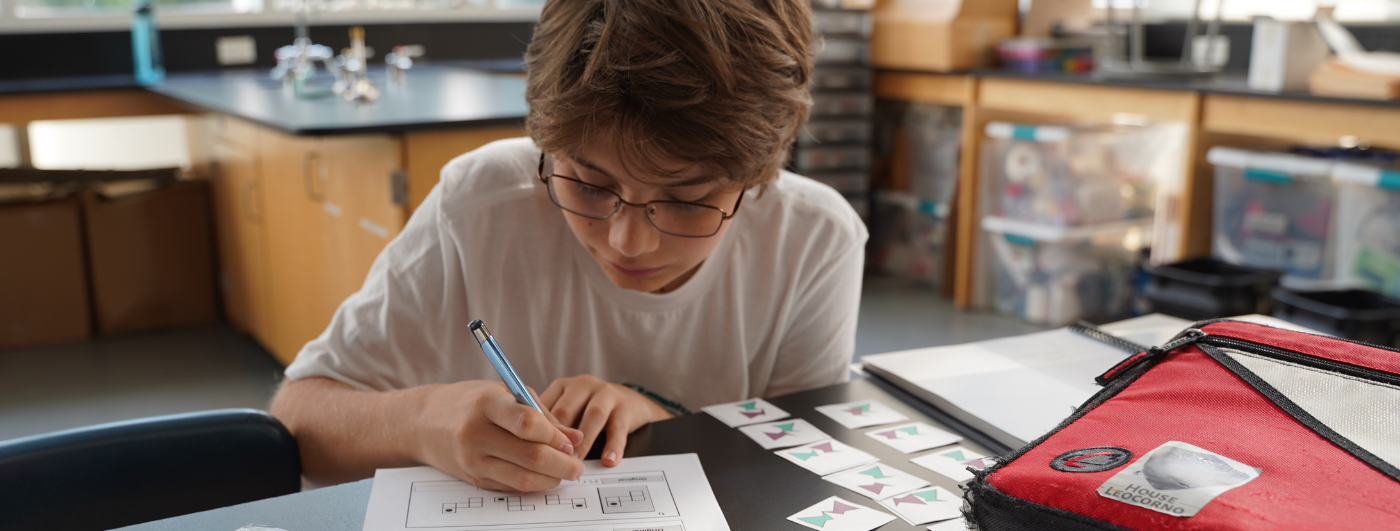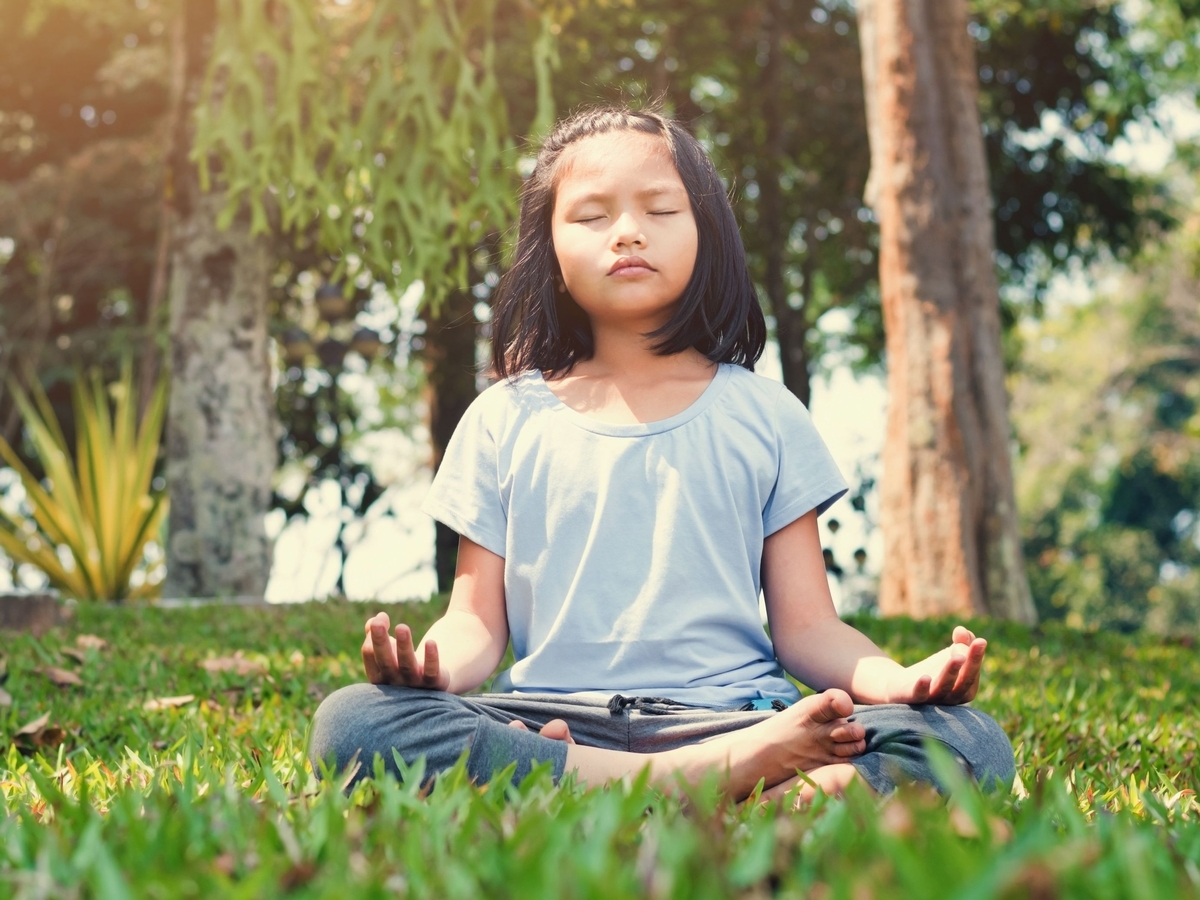Empowering students with language-based learning differences

Siena Blog



The Siena School Blog
Discover, Learn, Celebrate, and Empower
Welcome to Siena's blog, your source for helpful, cutting-edge resources tailored to teachers, parents, and other advocates in the learning differences community. We are dedicated to providing a wealth of curated knowledge spanning various topics, ranging from dyslexia advocacy and awareness to classroom teaching strategies, heritage month profiles, and social and emotional health.
Discover innovative classroom strategies that inspire creativity and foster a love of learning.
Our commitment to social-emotional wellness ensures that we provide valuable insights into healthy student development and self-advocacy.
Discover resources, reading and podcast recommendations, volunteering opportunities, and more for parents in the LD community.
Our important heritage month posts highlight key people, offer reading and podcast recommendations, and more.
Keep Calm and Carry On: Returning to the School Building

No matter how old you are, it's completely normal to feel some anxiety during transition times. Returning to school in person is an especially big transition, but you can bring some useful tools to keep your mental health balanced and grounded.
This year, many of our students are learning about the sympathetic and parasympathetic nervous systems. At Siena, we have been exploring natural, easy ways to shift from our sympathetic nervous system—the fight, flight, or freeze state—to our parasympathetic nervous system—our rest and digest state.
Breathing Exercises for Students
One of the easiest ways to calm our minds and bodies, as well as engage the parasympathetic nervous system, is through breathing exercises. Deep breathing exercises send signals throughout our brains that we are safe and that we can move into our more relaxed states. Long, deep breaths can help decrease anxiety, fear, racing thoughts, a rapid heartbeat, and shallow chest breathing.
There are many breathing exercises to do, and some people find some more comfortable than others. It is important to practice different techniques and to find those that work best for you so you can do them whenever and wherever necessary.
The great thing about breathing exercises is the ability to do them discreetly. And, most don't require any technology to do, so conceivably anyone in a school setting could do these exercises in any situation.
- Color Breathing lets you first visualize a color that represents positive emotions and then imagine the color filling up your body.
- Extended Exhale Breathing (inhale for 4, exhale for 6) allows you to get yourself to calm faster and activates the parasympathetic nervous system.
- Balloon Breath lets you follow your breath as the air goes into your nose, down your throat, and all the way into your belly, as if you’re inflating a balloon.
- 5 Finger Breathing uses the pointer finger of one hand to trace the fingers of your other hand and breathe; then switch hands and repeat:

Grounding and Calming Exercises for Students
In addition to breathing exercises, there are grounding and/or visualization exercises that can also help to calm our brains and bodies. While there are many relaxation techniques, at Siena we have focused on the five senses activity, a peaceful place visualization, and a body scan. These exercises help us by focusing our minds on the present moment. They also allow us to take a break from our thoughts, which can sometimes be overwhelming.
Feel free to practice these breathing and relaxation exercises on your own:
- When accompanied by peaceful breathing, a Body Scan helps bring your awareness to each body part starting with your head. You don't need to judge any sensation or feeling but continue to bring your attention to each area throughout your body.
- Peaceful Space Visualization guides you in imagining where you feel calm and peaceful. Once you master it, you could keep revisiting your space whenever you need to without guidance—maybe adding details each time you return.
- 5 Senses Technique is especially helpful in refocusing your thoughts on what you can see, hear, feel, smell, and taste; it’s a very simple yet effective grounding exercise:

Students’ learning conditions have been changing in the last year, and it’s natural for them to feel emotionally fatigued when things change again. The same is true for teachers, staff, and anyone else in the school environment.
Imagine having to use a smartphone with 30–40% battery life—it will still work, but the reserves seem to deplete quickly. With some help and opportunities to recharge, students will develop good emotional wellness and mental health habits to use throughout the school day.
For more social–emotional wellness resources for students and parents, see this recent Siena blog post for parents, as well as this one I wrote in May 2020 about self-care throughout the school day.
